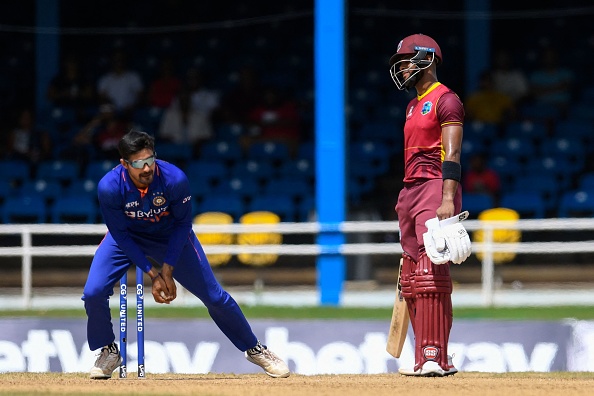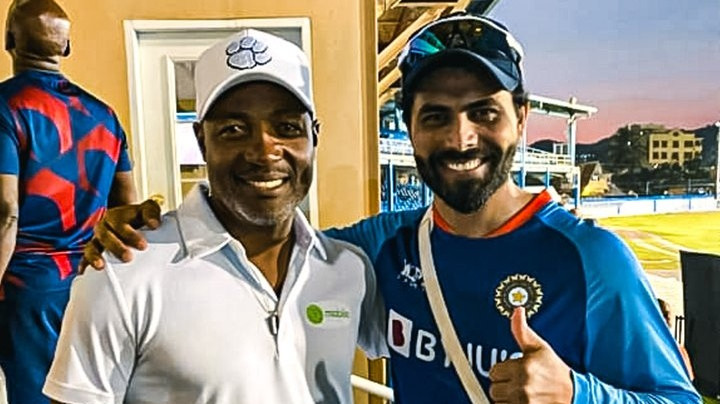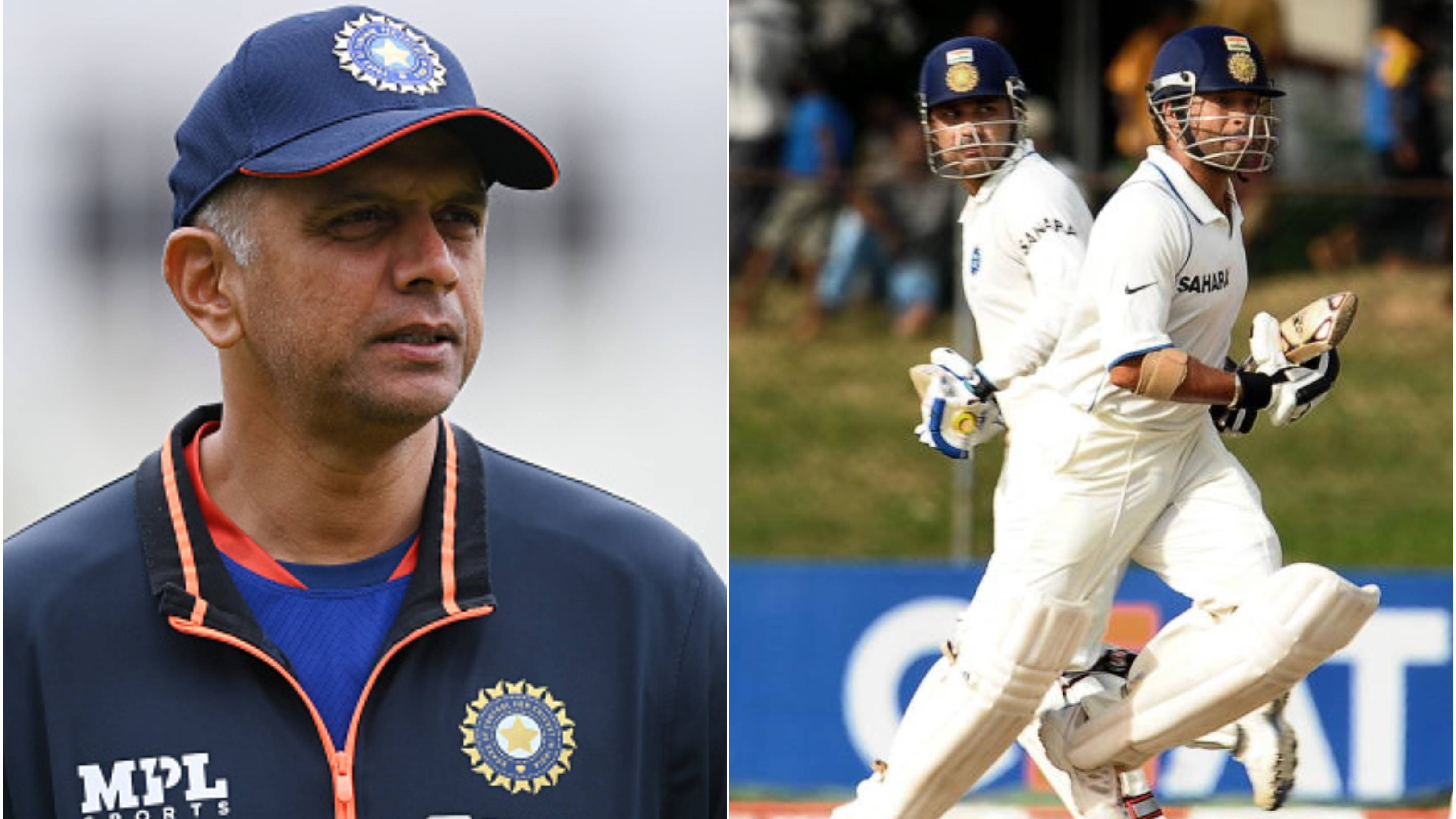 Deepak Hooda has become a household name with his exploits for the Indian cricket team, having made his debut earlier this year.
Deepak Hooda has become a household name with his exploits for the Indian cricket team, having made his debut earlier this year.
In his brief international career, Hooda has grabbed the opportunities with both hands. He starred with the bat in India’s T20I series win over Ireland last month, scoring a whirlwind century as a top-order batter.
The 27-year-old carried the momentum to England, where he produced a quick-fire knock while batting at No. 3 in the absence of Virat Kohli.
Now, Deepak Hooda is making his mark in the ongoing ODI series against West Indies. During the second ODI, he returned with the figures of 1/42 in his 9 overs and also played a crucial knock of 33 in the lower order.
It has been a roller-coaster ride for Hooda, who found massive support from former India all-rounder Irfan Pathan when he was part of the Baroda team.
Speaking to ESPNCricinfo, Pathan sounded optimistic about Hooda’s future, saying the latter has the potential to achieve a lot.
“Two years ago, Hooda himself wondered if the India cap would come. Today, he is a shining example of someone who has proved if you accept your shortcomings and make a conscious effort in working on them, that’s half the battle won. I am excited about what he can possibly offer to the Indian team. He’s just 27. If he offers India six-seven good years, he has the potential to achieve a lot more,” Pathan said.
“I told him, if you are playing and training expecting something in return, it’s never going to work. You have to train your mind in a way where you’re giving your best without expecting anything in return. If something comes your way, great. Else, keep at it,” he added.
Irfan Pathan then explained how he closely worked with Deepak Hooda to fine-tune his skills.
“His off-side play was a bit of a hindrance. He needed to keep his hands relaxed and not a jab. His hands needed to be more fluid. And when he started playing with loose hands, he could access different parts of the ring. We also adjusted his stance, depending on the format. He worked on using the crease to maximise scoring opportunities in different areas, hitting boundaries along the ground by finding gaps - we simulated all of this,” Pathan concluded.



